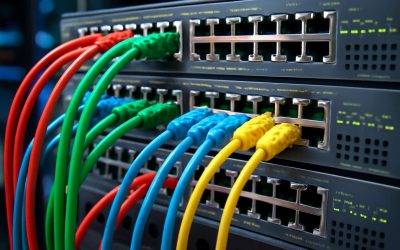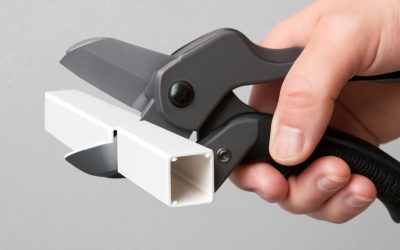
Trunking is the process of combining multiple signals into a single high-capacity line or link to provide network access between two points. Trunks can be cables, wires or fiber optic strands that have been bundled together to maximize available bandwidth. The links can be single or multi-channel.
In networks, trunking is a key architectural component in VLANs, or Virtual Local Area Networks. It allows you to send traffic from one switch to another without having to physically connect each VLAN or LAN to an individual port. In contrast, an access port only allows you to carry data from a certain VLAN.
A trunking system consists of multiple radio frequencies and a computerized controller that controls the selection of channels. Most trunking systems use a bank of channels for talking and a control channel that can be dedicated or dynamic.
The control channel carries a lot of information and is often used to let users know where their talkgroup is on the air. This information can include user identification, channel ID and other data that is shared between the mobile radios and the computer.
Some trunking systems also have a feature that lets the controller prioritize different types of communication on each frequency, allowing the controller to use the spectrum more efficiently. This can be especially useful in municipal systems where there is limited spectrum available for multiple services.
Many trunking systems have a system that automatically switches frequencies to help prevent the allotted channel from becoming saturated. This is especially useful in public safety situations where a large number of radios are in use at the same time, as well as in the case of emergency scenarios.
While trunking is a good way to help maximize the amount of bandwidth available for communication on the radio, it can be challenging for scanner listeners to follow conversations without special equipment. That’s because trunked systems use a lot of digital data in addition to analog voice and sound, and they change their frequencies frequently.
Even with the most sophisticated gear, it can be difficult to track trunked conversations unless you have access to a trunk-capable radio. This is particularly true if you are new to scanning trunked systems.
Trunking is essential to radio communication in most public safety agencies. It allows for the use of multiple frequencies to improve the efficiency of spectrum allocation, and it makes it easier to direct traffic to the most critical services.
A trunked radio system is also more flexible than a conventional radio system. For example, most trunked systems use a fixed channel that stays in place until the conversation is completed, or a dynamic channel that changes each time a user keys up. This helps ensure that the radios in a given talkgroup are on the same frequency when the communication sequence is complete, minimizing the chance of transmission interference and making it easier for the radios to communicate with other trunked radios at the same site.



0 Comments